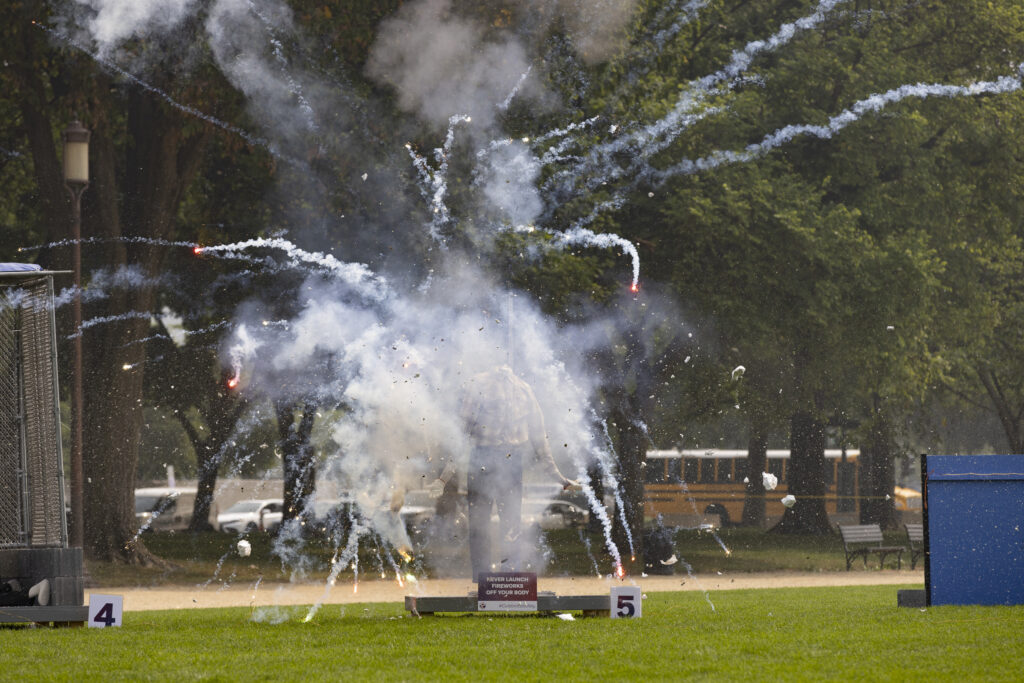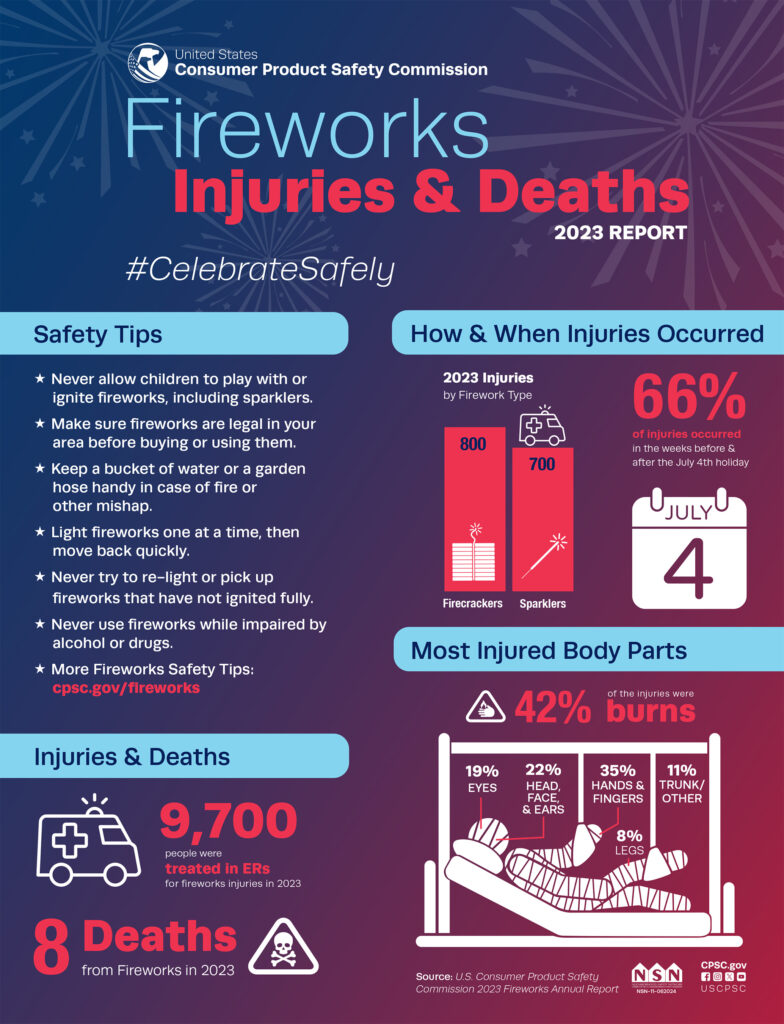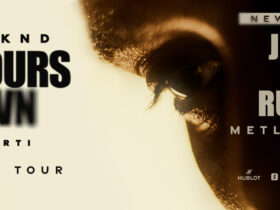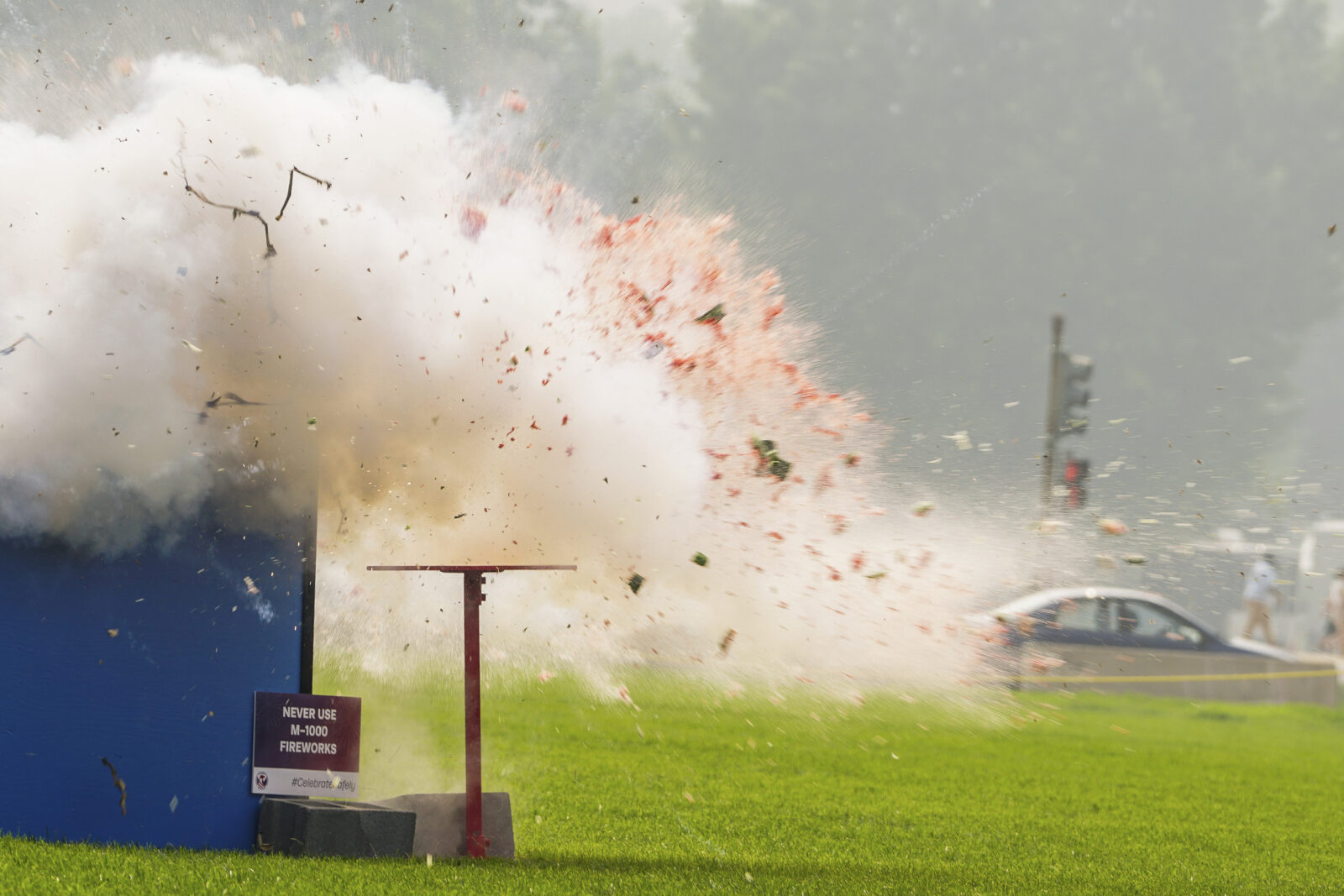The U.S. Consumer Product Safety Commission (CPSC) is raising awareness and highlighting the hazards posed by consumer use of fireworks and sharing safety tips to prevent injuries and deaths over the July 4 holiday.
A new report from shows that injuries from fireworks have increased overall between 2008 and 2023, despite recent data showing a steady decline since the peak in 2020 during the pandemic when public displays were canceled.
For 2023, CPSC received reports of eight deaths and an estimated 9,700 injuries involving fireworks. Out of the eight deaths, five were associated with firework misuse, two with a device malfunction, and one involves unknown circumstances.

“While it is a great American tradition to enjoy fireworks around the 4th of July, it is important to remember that all fireworks, even sparklers, pose dangers to consumers. The safest way to view fireworks is to watch professional displays,” said CPSC Chair Alex Hoehn-Saric.
“If you choose to light your own, make sure you only buy legal fireworks intended for consumer use from a reputable retailer. And follow the simple safety tips provided below and on CPSC’s website,” Hoehn-Saric added.

Analysis of Injury Data
To understand more about fireworks-related injuries hazards around the 4th of July, CPSC conducted an analysis of the injury data in the four weeks surrounding the holiday in 2023 and found the following:
- Teenagers ages 15 to 19 years of age had the highest estimated rate of emergency department-treated, fireworks-related injuries, with children ages 5-9 years old having the second highest rate.
- There were an estimated 800 emergency department-treated injuries associated with firecrackers and 700 with sparklers.
- The parts of the body most often injured by fireworks were hands and fingers (an estimated 35 percent of injuries) along with head, face, and ears (an estimated 22 percent).
- About 42 percent of the emergency department-treated fireworks-related injuries were for burns.
- In fiscal year 2023, approximately 18% of selected and tested fireworks products were found to contain noncompliant components, including fuse violations, the presence of prohibited chemicals and pyrotechnic materials overload.
Tips to Celebrate Safely
- Never allow children to play with or ignite fireworks, including sparklers. Sparklers burn at temperatures of about 2,000 degrees Fahrenheit—hot enough to melt some metals.
- Make sure fireworks are legal in your area, and only purchase and set off fireworks that are labeled for consumer (not professional) use.
- Never use fireworks while impaired by alcohol or drugs.
- Keep a bucket of water or a garden hose handy, in case of fire or other mishap.
- Light fireworks one at a time, then move back quickly.
- Never try to relight or handle malfunctioning fireworks. Soak them with water and throw them away.
- Never place any part of your body directly over a fireworks device when lighting the fuse. Move to a safe distance immediately after lighting fireworks.
- Never point or throw fireworks (including sparklers) at anyone.
- After fireworks complete their burning, to prevent a trash fire, douse the spent device with plenty of water from a bucket or hose before discarding the device.
For more fireworks safety tips, visit Fireworks | CPSC.gov












